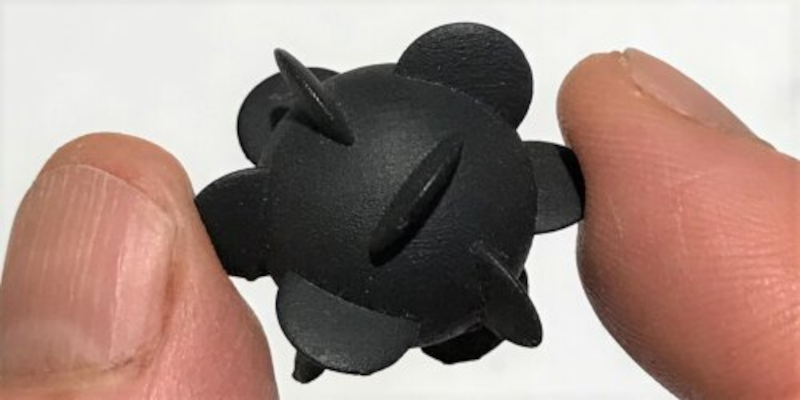If you think 3D printing is only good for benchies, key chains, and printer parts, you might enjoy the paper by two physicists from Wesleyan University and the University of Gothenburg. Lord Kelvin — also known as William Thomson — hypothesized a shape known as an isotropic helicoid. As its name implies, the shape would look the same from any angle. Kelvin predicted that such a shape would spin as it sank in a liquid. Turns out, 3D printing proves it wrong. (The actual paywalled paper is available.)
It might seem strange that scientists are only now getting around to disproving a 150-year old hypothesis. However, the paper’s authors think Kelvin may have built the structures — he provided precise instructions — and simply dropped it when it proved incorrect.
However, Kelvin wasn’t totally wrong. The shape of the helicoid does transmit linear force into rotation. It just isn’t sufficient to cause the shape to rotate. The team intends to try some similar shapes to see if Kelvin might be onto something.
We’ll be honest — we aren’t sure what the practical application of such a shape might be other than just scientific curiosity. But we were interested that 3D printing makes testing something like this much easier and allows incremental changes to the test shapes very quickly, something that would not be true in Kelvin’s day.
Lord Kelvin shows up in the strangest places. We’ve seen him in long-distance cables and electrostatic generators, among other things.
Source:: Hackaday

